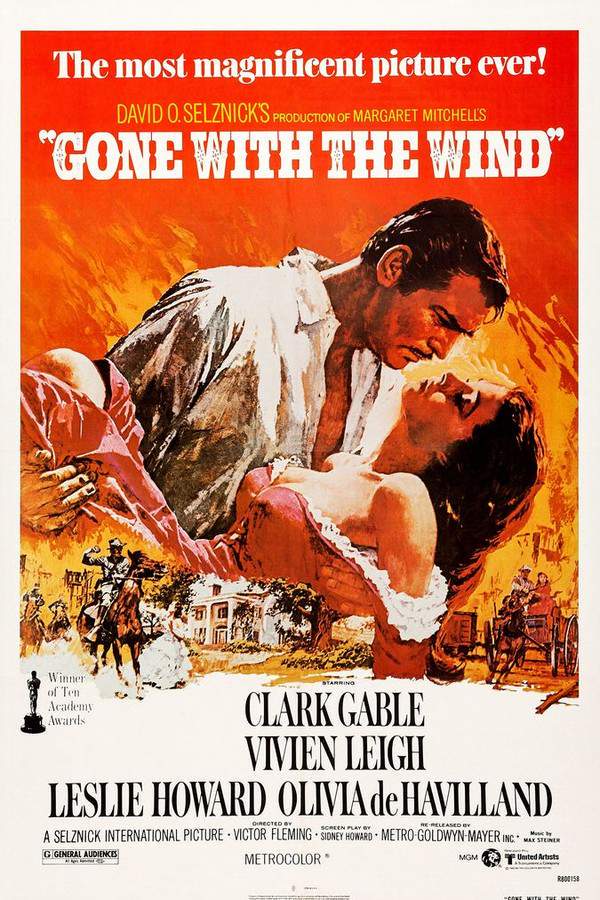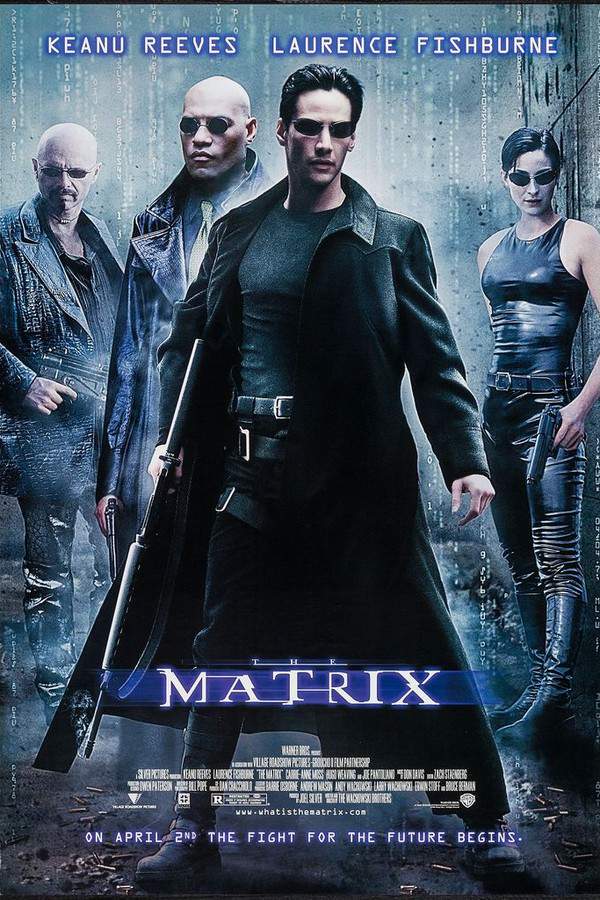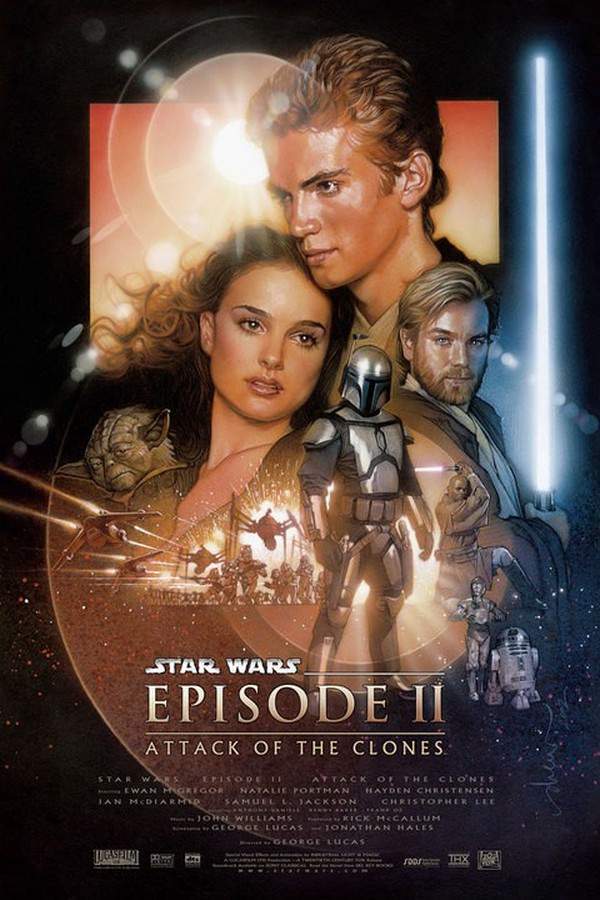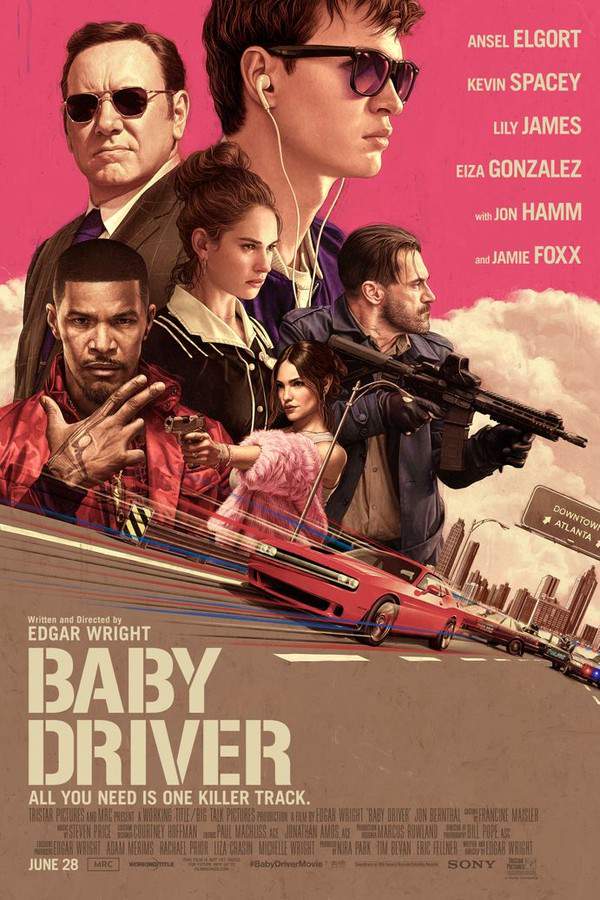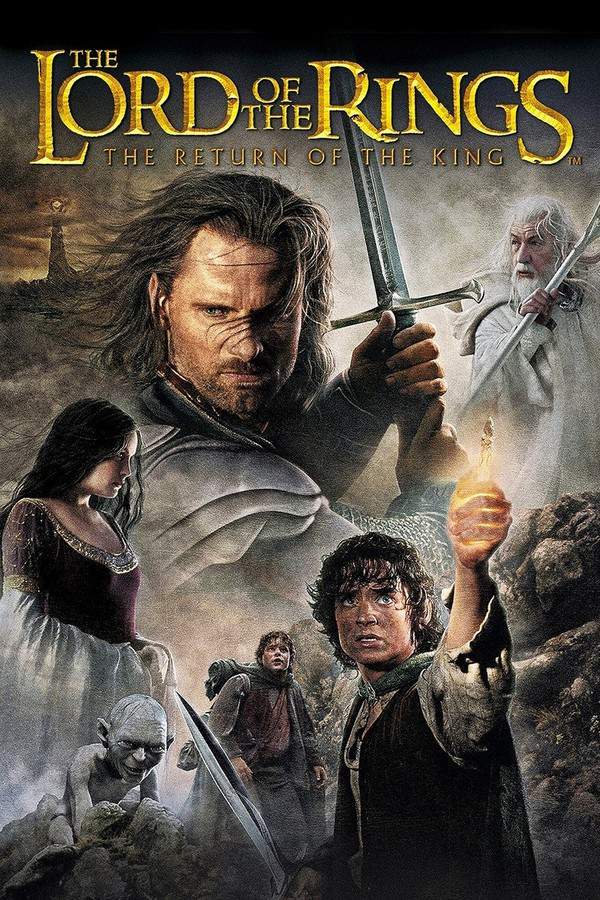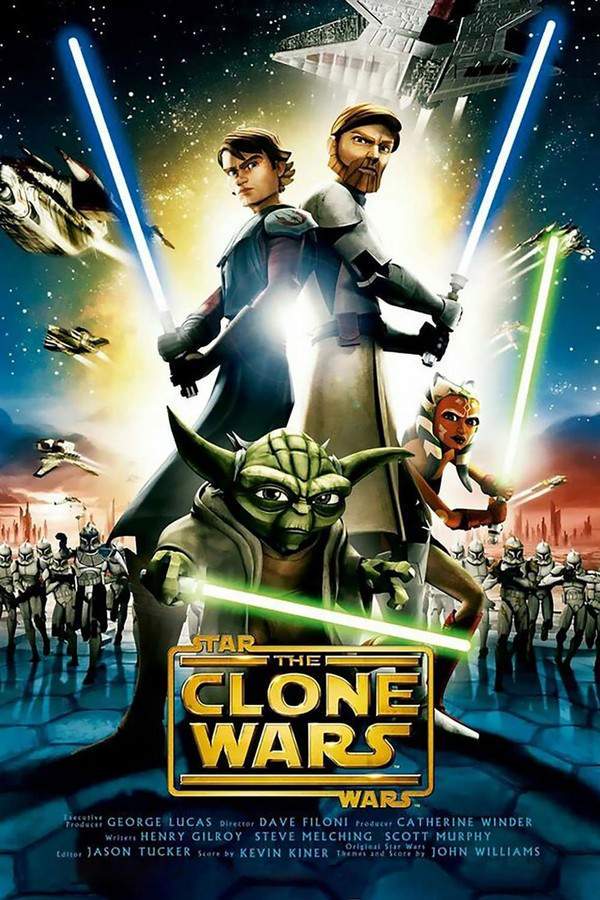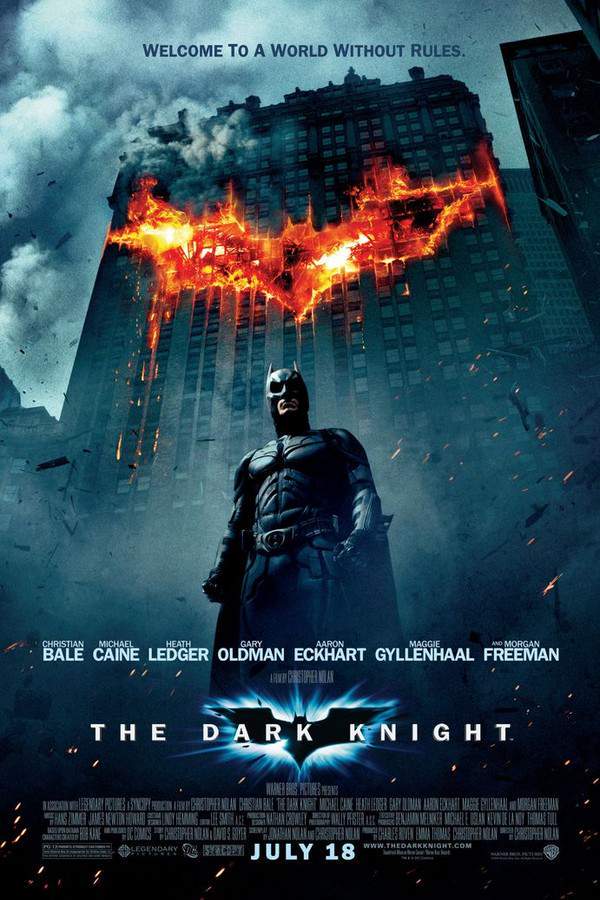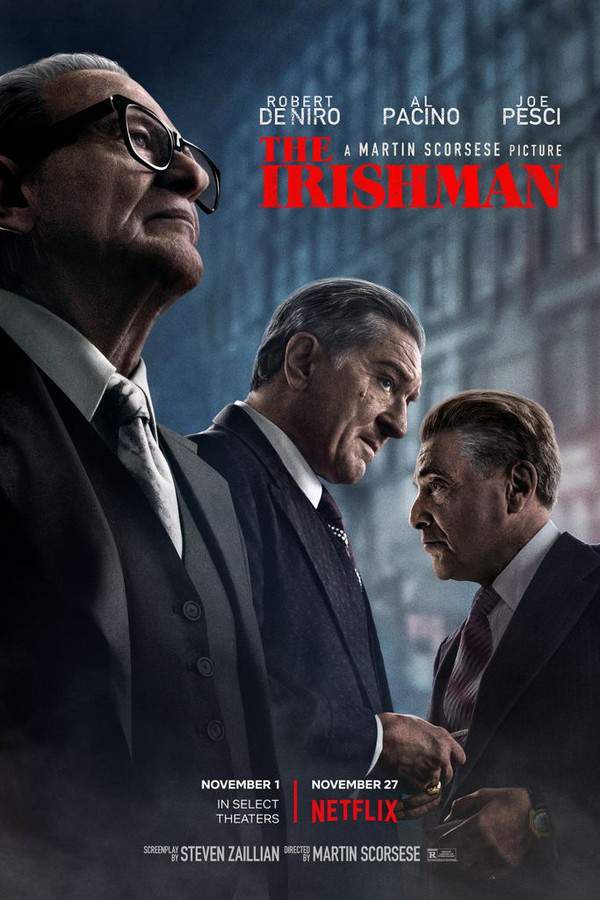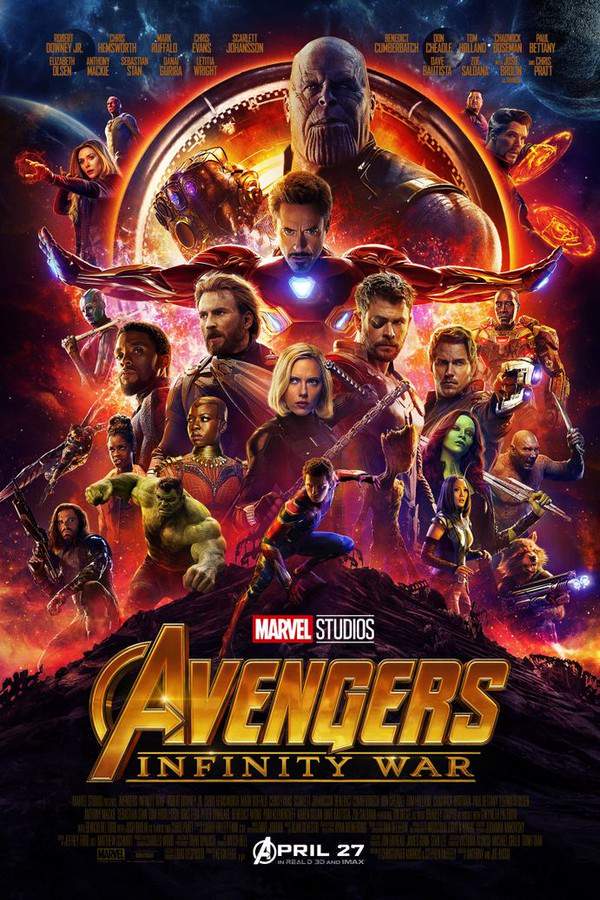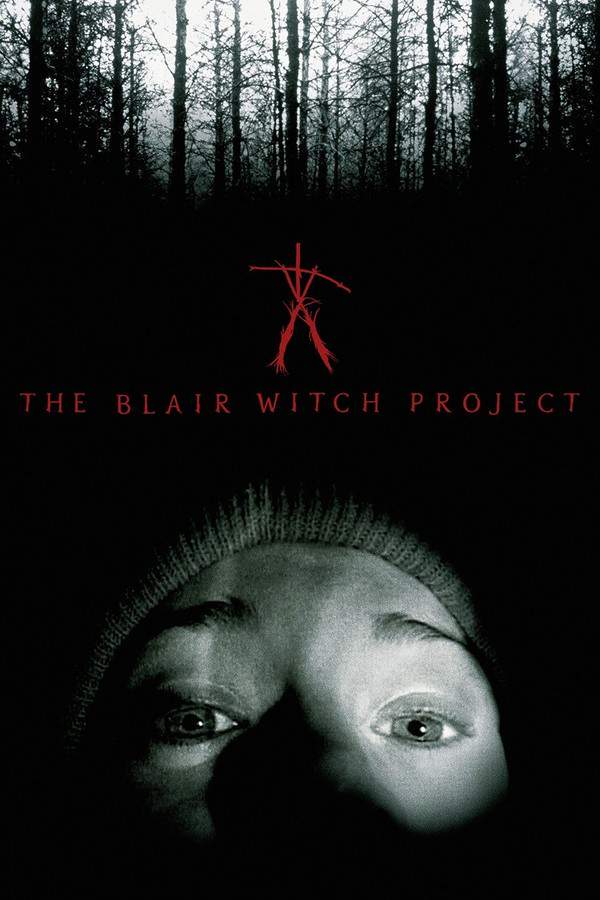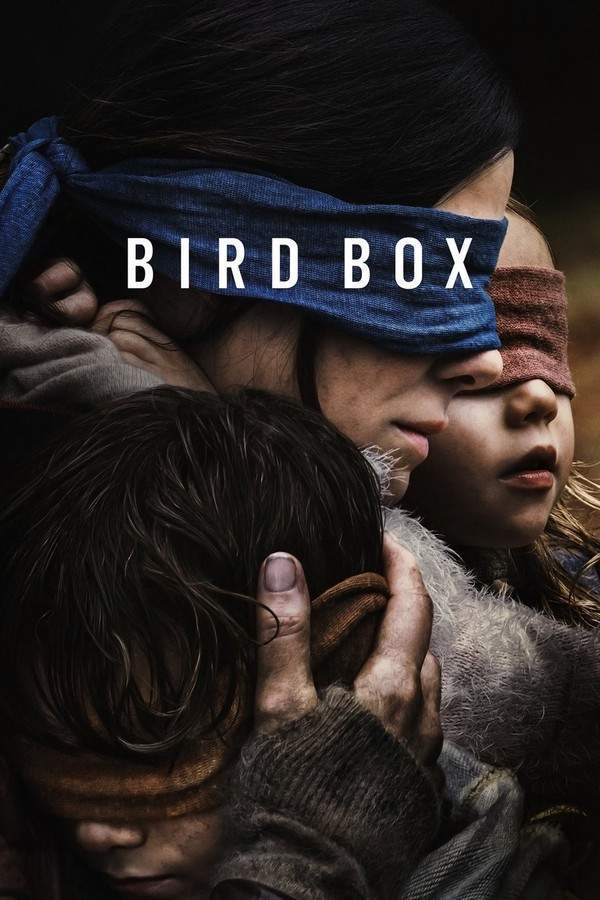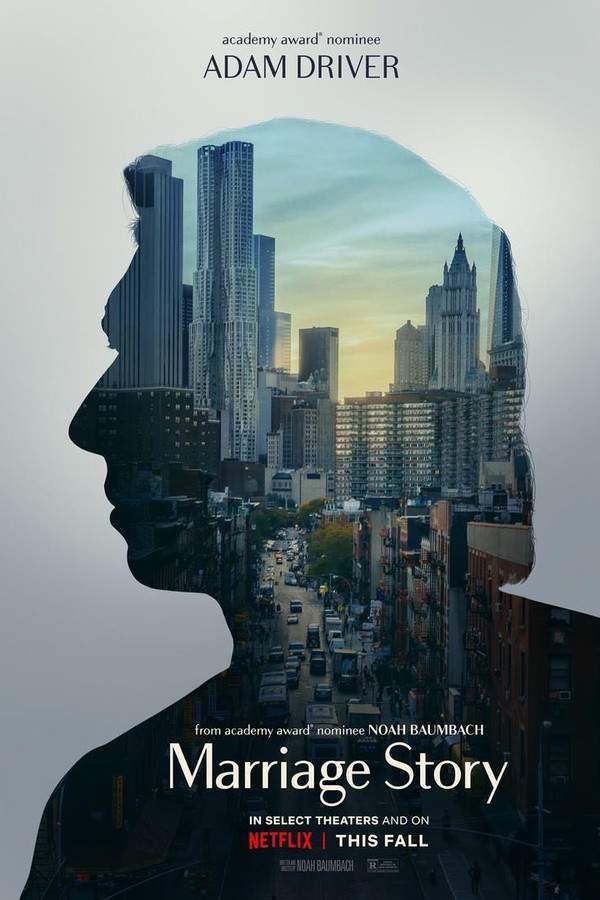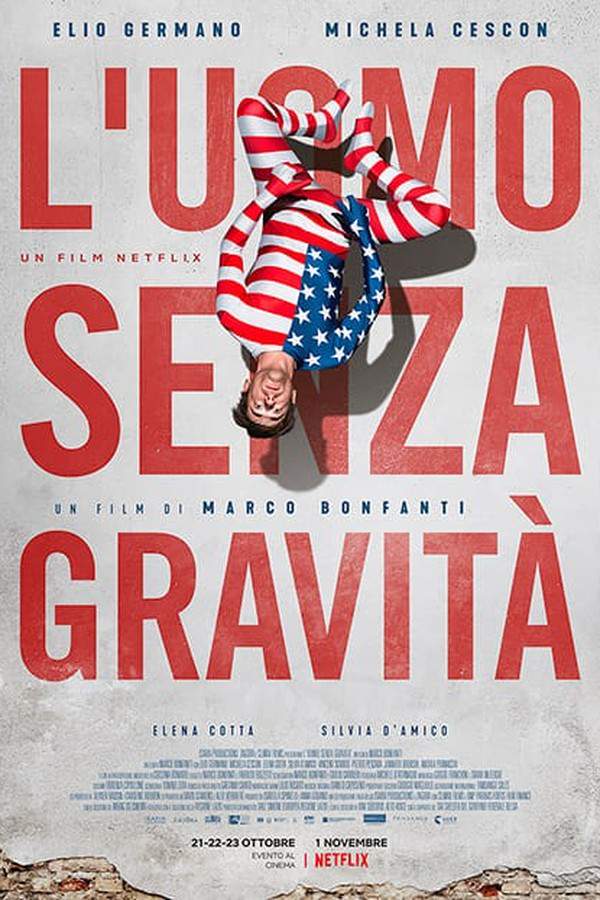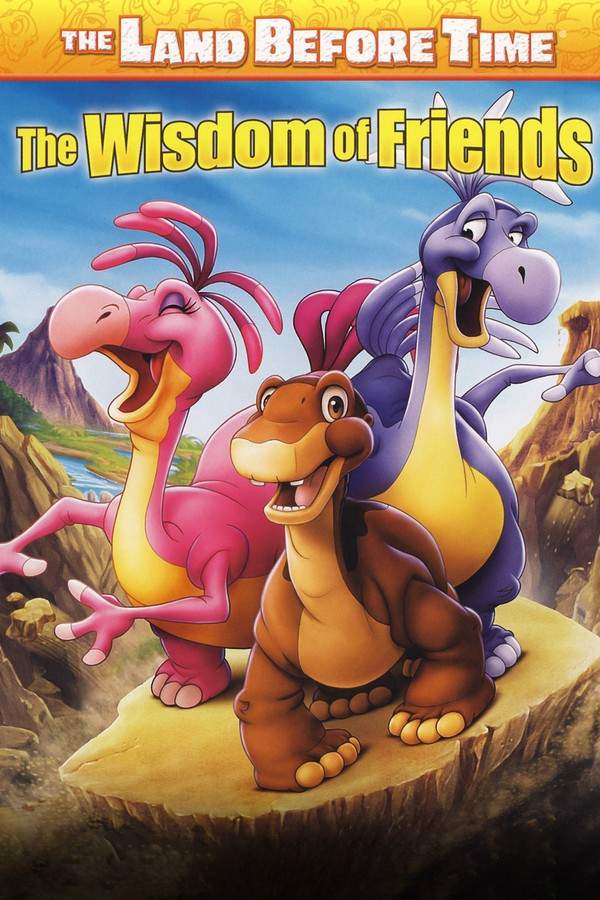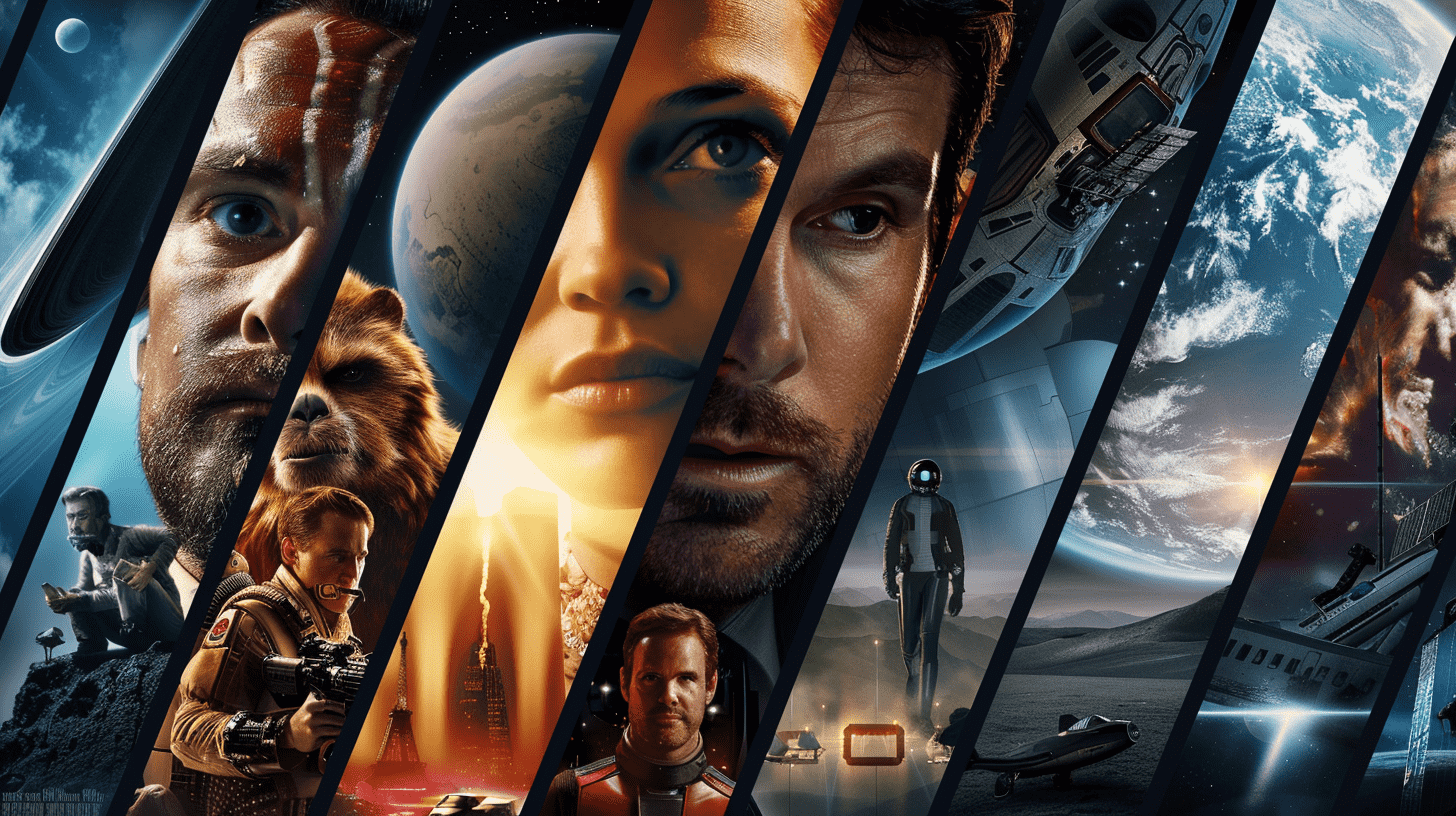What's After the Blog?
Technology • Production
The Impact of Digital Technology on Film Production
Explore the transformative impact of digital technology on film production, from CGI advancements to audience engagement, in our comprehensive blog post.
July 22, 2024

Movies mentioned in this article
The Impact of Digital Technology on Film Production
Introduction
The realm of film production has witnessed a monumental shift with the advent of digital technology. This transformation is not just about the tools used; it’s a complete overhaul of the creative process, distribution, and consumption of films. From the first flickering images of the Lumière brothers to the sweeping digital landscapes in modern blockbusters like Avatar, the journey of film technology has been nothing short of miraculous.
In the beginning, films were shot using analog methods - a mechanical process where images were captured on film strips. This method, while revolutionary for its time, had its limitations. The film was expensive, the process of editing was cumbersome, and the distribution was restricted. However, the digital revolution, starting in the late 20th century, changed all that. Digital cameras and editing software democratized filmmaking, making it more accessible and flexible. Special effects, once the domain of high-budget studios, became widespread, allowing filmmakers to bring their most imaginative ideas to life. Moreover, digital technology has not only changed how films are made but also how they are distributed and experienced by audiences worldwide.
The Evolution of Film Technology
The transition from analog to digital in film production is akin to a technological renaissance. The early days of cinema were dominated by analog technology, where images were captured directly onto film through a photochemical process. Classics like Gone with the Wind and Casablanca were crafted using these methods. While these films are timeless, the process of making them was fraught with challenges. Editing was a physical, labor-intensive process, and filmmakers were often limited by the high cost and inflexibility of film stock.
The advent of digital technology heralded a new era. Cameras evolved from bulky, mechanical devices to compact, digital powerhouses. This transition was not overnight but a gradual shift marked by significant milestones. In the 1990s, films like The Matrix began experimenting with digital techniques, albeit primarily in post-production. However, it was in the early 2000s that digital filming started gaining serious traction. Movies like Star Wars: Episode II – Attack of the Clones were among the first to be shot entirely on digital cameras, showcasing the potential of this new medium.
This shift brought about several advantages:
- Cost-Effectiveness: Digital filming reduced the cost of film stock and processing, making filmmaking more accessible to a broader range of creators.
- Flexibility and Control: Digital cameras offered filmmakers greater control over the image, with the ability to immediately review footage and make adjustments on the fly.
- Post-Production Ease: Editing digitally was not just faster but also allowed for more creative freedom, opening up possibilities in terms of visual effects and narrative structure.
However, this transition also came with challenges. Early digital cameras struggled with issues like lower resolution and poor performance in low light compared to their film counterparts. Despite these hurdles, the industry continued to innovate, leading to the high-definition digital cameras we see today, capable of capturing images that rival or even surpass film in quality.
The impact of digital technology on film production is a story of continuous evolution, marked by groundbreaking innovations and creative breakthroughs. As we delve deeper into the specifics of this transformation in the following sections, it becomes clear that digital technology has not just changed the film industry; it has reinvented it.
Remember to explore other fascinating aspects of cinema on our blog at What’s After the Movie (ATM).
The Digital Camera Revolution
The digital camera revolution stands as one of the most significant milestones in the evolution of film production. Prior to digital, shooting a film was a delicate, expensive endeavor, heavily reliant on physical film reels. The shift to digital cameras, however, opened up a world of possibilities that were previously unimaginable.
Digital cameras transformed the filmmaking landscape in several key ways. Firstly, they reduced the cost and logistical complexities associated with film stock. Movies like Slumdog Millionaire and 28 Days Later, shot on digital cameras, exemplify the cost-effectiveness and versatility of digital filming, especially in situations with challenging environments or lower budgets. Additionally, digital cameras offered unprecedented flexibility in the shooting process. Directors and cinematographers could instantly review footage, make on-the-spot decisions, and experiment with different angles and shots without the fear of wasting film. This creative freedom is vividly demonstrated in the visually stunning and narratively complex Inception, where digital filming techniques played a crucial role.
Another critical aspect of digital cameras is their contribution to the democratization of filmmaking. With lower entry barriers, independent filmmakers and content creators could produce high-quality content without the need for massive budgets. Films like Tangerine, shot entirely on an iPhone, showcase how digital technology has enabled a new wave of filmmakers to tell their stories in innovative and impactful ways.
Despite the numerous advantages, the transition to digital wasn’t without resistance. Many purists argued that digital cameras lacked the ‘warmth’ and ‘texture’ of film. However, as technology advanced, digital cameras began producing images that could rival, and in some cases, surpass film in terms of quality. This advancement is exemplified in the crisp, vivid imagery of movies like Life of Pi, where digital cinematography helped create a visually mesmerizing experience.
How Has Digital Technology Changed the Way Films Are Edited?
The impact of digital technology on film editing is as profound as it is transformative. Editing, once a painstaking process involving physically cutting and splicing film reels, evolved into a streamlined, digital workflow. This change revolutionized not just the efficiency but also the creative possibilities in film editing.
Digital editing software like Adobe Premiere Pro and Final Cut Pro allowed editors to work with unprecedented precision and flexibility. Editors could experiment with different cuts, transitions, and effects without the permanent commitment required by physical film editing. This flexibility is vividly displayed in the rapid, rhythmical editing style of Baby Driver, where the digital editing process perfectly syncs the action on screen with the soundtrack.
Another significant aspect of digital editing is the ability to integrate visual effects seamlessly. In the past, special effects were often limited by the constraints of physical film. However, with digital editing, filmmakers could effortlessly blend live-action footage with computer-generated imagery (CGI), creating a seamless visual experience. This blend is masterfully executed in films like The Lord of the Rings trilogy, where digital editing played a crucial role in bringing the fantastical world of Middle-earth to life.
Digital editing also democratized the post-production process. Independent filmmakers and content creators gained access to professional-grade editing tools, enabling them to produce high-quality content from their computers. This accessibility has led to a surge in independent and experimental films, contributing to a more diverse and vibrant film landscape.
In conclusion, the adoption of digital cameras and editing software in film production has not only streamlined the filmmaking process but also unleashed a new era of creative freedom and innovation. The implications of this revolution extend far beyond the technical aspects, influencing the very art of storytelling in cinema.
Stay tuned for more insights into the world of film production and technology at What’s After the Movie (ATM).
Special Effects and CGI: A New Realm of Possibilities
The introduction of Computer-Generated Imagery (CGI) and advanced special effects marks a pivotal chapter in the narrative of digital technology in film production. This shift has not merely enhanced the visual aesthetics of movies but fundamentally altered the way stories are told. In the pre-digital era, filmmakers were often constrained by the limitations of practical effects. While movies like Jaws and Star Wars achieved remarkable feats with practical effects, the advent of CGI opened doors to boundless creative possibilities.
CGI has allowed filmmakers to bring to life worlds and creatures that were previously unimaginable. Films like Jurassic Park and Avatar stand as testaments to the power of digital technology in creating immersive and believable alternate realities. In Jurassic Park, CGI was used to resurrect dinosaurs with a level of realism that was unprecedented at the time. Meanwhile, Avatar pushed the boundaries of digital technology, using motion capture and 3D animation to create a richly detailed alien world.
The impact of CGI extends beyond the creation of fantastical elements; it has also enhanced the realism and safety of stunts and action sequences. Movies like The Matrix revolutionized action cinematography with its “bullet time” effect, a technique heavily reliant on digital technology. Similarly, in The Dark Knight, CGI was seamlessly integrated with practical effects and stunts, enhancing the realism and intensity of the action sequences without compromising safety.
The evolution of special effects and CGI also democratized the filmmaking process. Independent filmmakers, with access to more affordable software and hardware, could now produce content that rivaled the visual quality of larger studios. This shift has led to a significant increase in the diversity and number of films being produced, as seen in the rise of indie films and web series that utilize high-quality visual effects.
The Role of Digital Technology in Distribution and Accessibility
Digital technology has not only transformed the way films are made but also revolutionized how they are distributed and accessed by audiences. The traditional model of film distribution, which relied heavily on physical mediums like film reels and DVDs, has been largely supplanted by digital platforms. This shift has had far-reaching implications for the accessibility and reach of films.
The rise of online streaming platforms like Netflix, Amazon Prime, and Disney+ has changed the landscape of film distribution. These platforms have made a wide array of films accessible to a global audience, breaking down geographical and logistical barriers. For example, a viewer in India can now easily watch a niche indie film from the United States, something that would have been nearly impossible in the pre-digital era.
Furthermore, digital distribution has provided filmmakers with an alternative to traditional theatrical releases. Films that might not have the mass appeal for a wide theatrical release can now find an audience through digital platforms. This change is exemplified by movies like Roma and The Irishman, which were released primarily on Netflix and received widespread acclaim.
The impact of digital technology on film distribution also extends to the marketing and promotion of films. Social media and digital marketing have become indispensable tools in the filmmaker’s arsenal. They allow for targeted, cost-effective promotional campaigns that can reach a global audience. Trailers, teasers, and promotional content are now regularly released online, generating buzz and anticipation for upcoming films.
In conclusion, the role of digital technology in film production extends far beyond the creation of the films themselves. It has fundamentally altered the distribution and accessibility of films, democratizing the industry, and opening up new opportunities for filmmakers and audiences alike.
In our next sections, we will delve deeper into the nuances of digital technology’s impact on movie marketing and audience interaction. For more engaging content on film and technology, be sure to visit What’s After the Movie (ATM).
Digital Technology’s Influence on Movie Marketing
The landscape of movie marketing has been dramatically reshaped by the advent of digital technology, altering how films are promoted and how audiences engage with them. This evolution has been as radical as the shift from black-and-white to color in the filmmaking process. The traditional methods of film promotion – posters, trailers, press tours – have been supplemented, and in some cases replaced, by digital strategies that leverage the power of the internet and social media.
Social media platforms like Twitter, Instagram, and Facebook have become vital tools for movie marketing. Films like The Avengers and Frozen utilized these platforms to build hype and engage directly with fans. These platforms allow for real-time interaction, enabling studios to gauge audience reactions and adjust their marketing strategies accordingly. Viral marketing campaigns, as seen with The Blair Witch Project, have demonstrated the potential of digital platforms to create a buzz around films at a relatively low cost.
Moreover, digital analytics provide invaluable insights into audience preferences and behaviors, allowing studios to tailor their marketing strategies with precision. Platforms like YouTube play a crucial role in this, with trailers and teasers often released online to gauge viewer interest and reactions. The analytics from these platforms provide a wealth of data, from viewer demographics to engagement metrics, which can be used to refine marketing strategies and target specific audiences more effectively.
Additionally, the rise of streaming platforms has introduced a new dynamic in movie marketing. Films released on platforms like Netflix or Hulu often have different marketing strategies, focusing more on digital promotion and leveraging the built-in audience of the platform. The success of films like Bird Box and Marriage Story on Netflix demonstrates the efficacy of these digital-first marketing approaches.
How Has Digital Technology Improved the Quality of Sound in Films?
The evolution of sound in films, propelled by digital technology, is a subject that deserves as much attention as the visual transformations. Before digital, sound in films was recorded and played back using analog methods, which, while effective, had limitations in terms of clarity, range, and editing flexibility. The introduction of digital sound, however, marked a significant leap in audio quality, offering filmmakers an expanded palette for auditory storytelling.
Digital sound technology has enabled clearer, more nuanced audio recording and playback. This improvement is evident in films with intricate soundscapes, like Inception and Gravity, where the precision of sound effects plays a pivotal role in immersing the audience in the film’s world. The clarity and detail achieved through digital sound technology make these auditory experiences possible, enhancing the overall impact of the film.
Furthermore, the advent of surround sound systems like Dolby Digital has revolutionized the auditory experience in cinemas. These systems create a more immersive audio experience, enveloping the audience in a 360-degree soundscape. This technology is not just limited to cinemas; it has also made its way into home entertainment systems, allowing viewers to enjoy a cinema-like audio experience in their own homes.
Digital sound technology has also simplified the process of sound editing and mixing. Digital audio workstations enable sound editors and mixers to manipulate audio with a level of precision and flexibility that was unimaginable in the analog era. This capability is crucial in films where audio plays a key role in storytelling, such as musicals like La La Land, where the blending of dialogue, music, and ambient sounds is central to the narrative.
In summary, digital technology has profoundly impacted the film industry, not only visually but also audibly. The advancements in digital sound technology have enriched the cinematic experience, allowing filmmakers to tell stories in more dynamic and engaging ways.
Stay with us as we explore more about the interaction with audiences in the digital era in our upcoming sections. For more fascinating insights, visit What’s After the Movie (ATM).
Continue reading

What's After the Movie?
Not sure whether to stay after the credits? Find out!
Explore Our Movie Platform
New Movie Releases (2025)
Famous Movie Actors
Top Film Production Studios
Movie Plot Summaries & Endings
Major Movie Awards & Winners
Best Concert Films & Music Documentaries
Movie Collections and Curated Lists
© 2025 What's After the Movie. All rights reserved.

